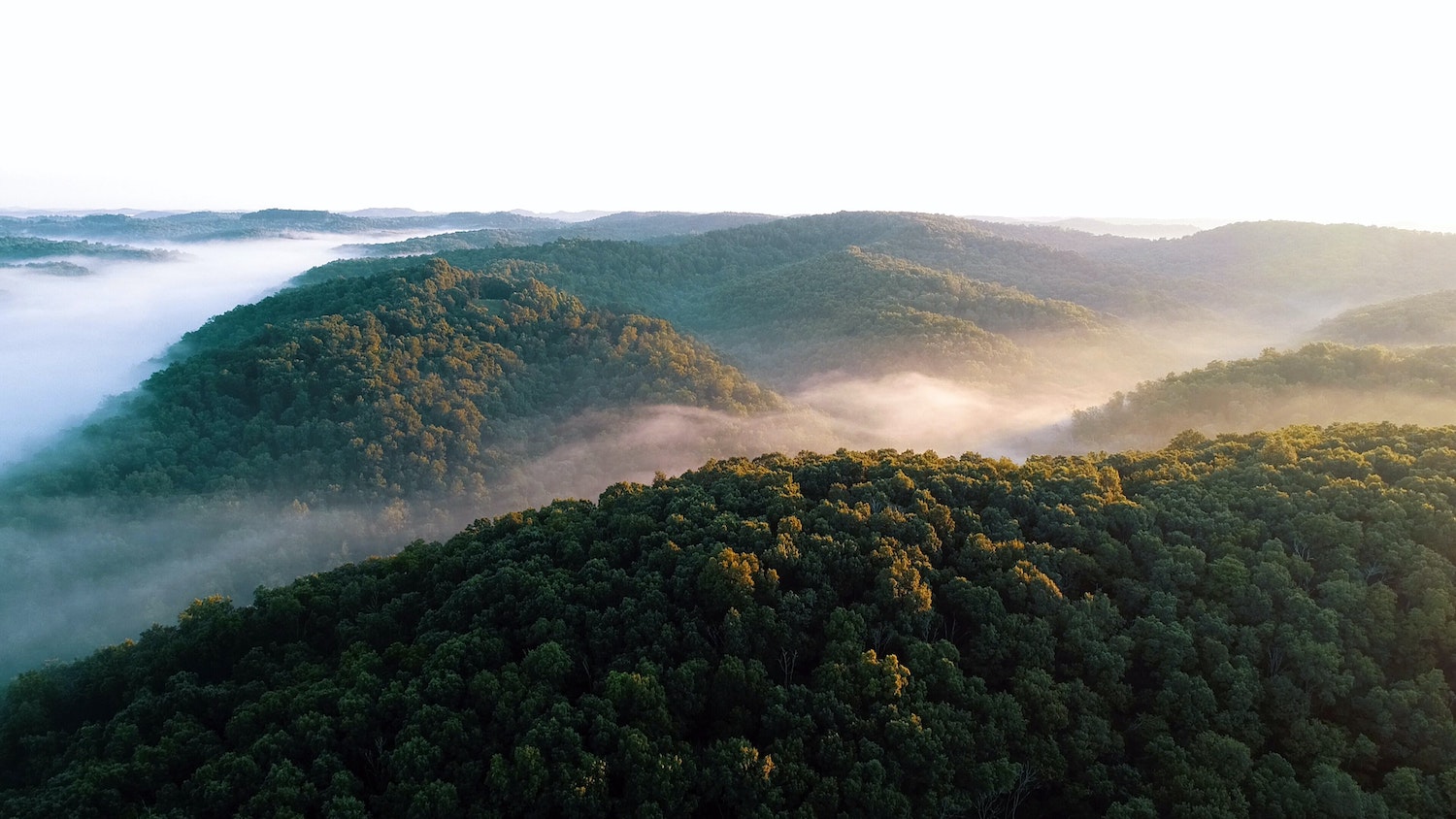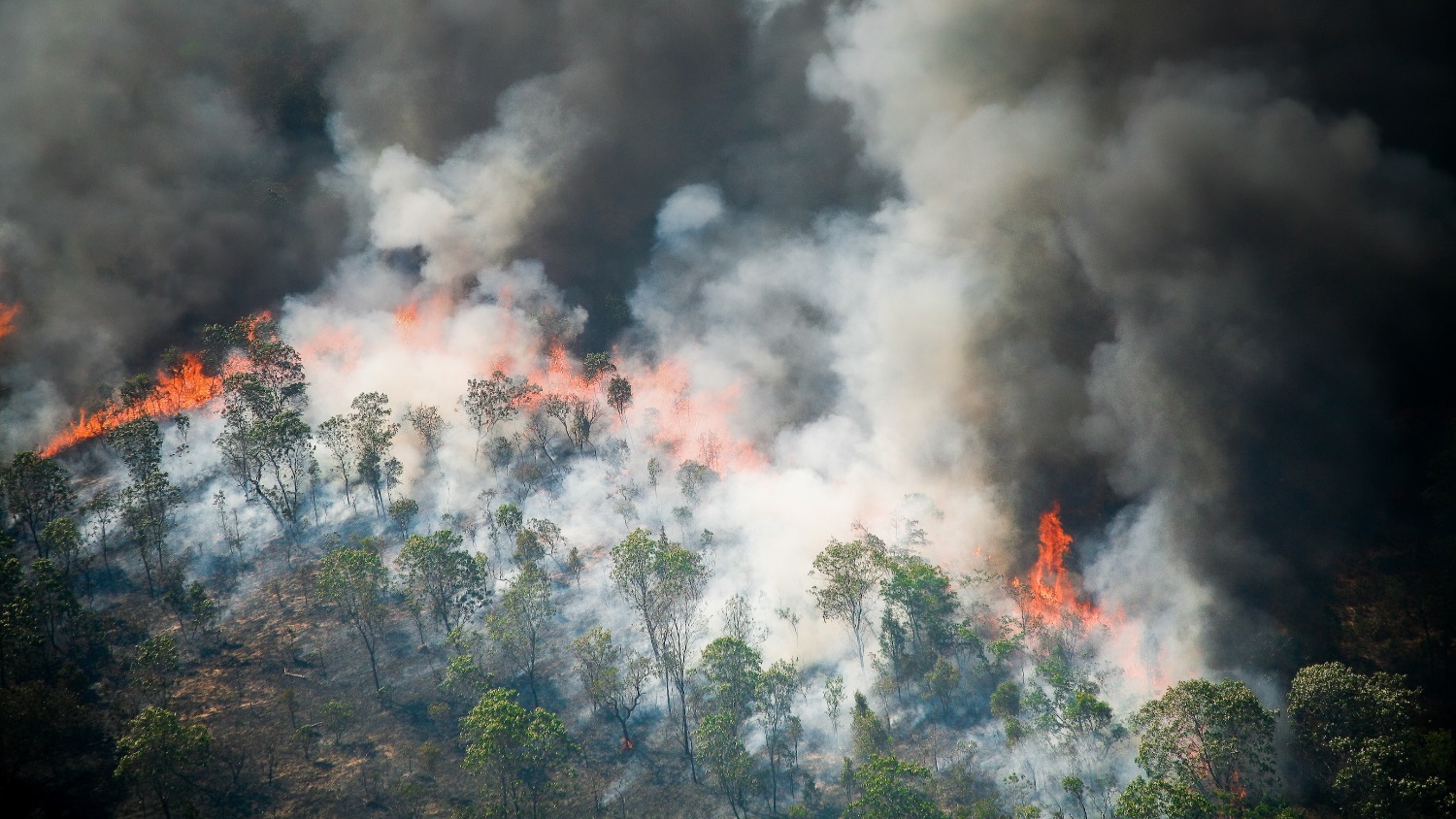Can Biden’s Reforestation Plan Slow Climate Change?
The administration wants to plant 1.2 billion trees nationwide. But it can be more ambitious, according to one NC State expert.

President Joe Biden recently signed an executive order to restore national forests that have been devastated by wildfires and other climate change-fueled disturbances.
Under the order, the administration plans to plant 1.2 billion trees across the country — enough to sequester an estimated 75 million metric tons of carbon. Federal agencies will be tasked with setting reforestation targets for 2030.
“With the right policies in place, the administration’s goal is achievable even within a five- or ten-year timeframe,” said Justin Baker, an associate professor of forestry and environmental resources at NC State.
Baker, whose research focuses on climate change mitigation and adaptation policy, added that the administration can be more ambitious in its goal by implementing tax incentives and cost-sharing programs to support private landowners.
Fifty-six percent of the 751 million acres of forest land in the United States is privately owned. With climate change accelerating, it’s vital for these landowners to participate in any efforts to mitigate greenhouse gas emissions.
“If we can help private landowners realize the economic value of planting trees, then we can boost planting rates in a way that’s beneficial for the climate now and in the long-term,” Baker said.
Under the 2015 Paris Agreement, the U.S. and 196 other countries pledged to limit global warming to “well below” 2°C (3.6°F) above pre-industrial levels, and to also “pursue” efforts to limit warming to 1.5°C (2.7°F) — a threshold that scientists say would lead to irreversible changes to the climate if surpassed.
Forests offer important tools for addressing climate change, with trees absorbing and storing carbon dioxide — the primary greenhouse gas emitted through human activities. America’s forests alone capture and store 866 million tons of carbon a year, equivalent to roughly 16% of the country’s annual emissions.
The idea of planting trees to increase the carbon capacity of forests has gained traction in recent years as part of a growing global focus on nature-based solutions, which according to the Intergovernmental Panel on Climate Change, could provide up to a third of the emissions reductions required by 2030 to meet the Paris Agreement targets.
In an analysis published in the February 2022 issue of the Journal of Forest Economics, Baker and his colleagues modeled greenhouse gas emissions from the forestry and agriculture sectors under five different socio-economic scenarios.
The researchers found that investing in forest management practices and tree planting initiatives on land that wasn’t previously forested accounted for the largest share of greenhouse gas emission mitigation overall.
“We find that in the temperate and boreal region, which encompasses most of North America, that tree planting or forest expansion can be a really good climate mitigation strategy to boost carbon sequestration rates 20 to 30 years out,” Baker said.
However, while tree planting is relatively inexpensive compared to other greenhouse gas mitigation strategies, Baker and his colleagues found that it could cost as much as $393 billion per year by 2055 to pay landowners to plant and protect enough trees to achieve more than 10% of total emissions reductions globally.
Baker, working with researchers at NC State and other institutions, recently submitted a proposal to the U.S. Department of Agriculture to launch a program aimed at improving the accessibility of tree planting.
As part of the program, called RAPIDPine, Baker and his colleagues plan to cost-share the planting and management of more than 120 million genetically-improved pine seedlings across the southeastern U.S. by 2027.
Baker said the genetically-improved pines could capture at least 1.8 times more carbon than trees planted two decades ago, providing a substantial boost to carbon sequestration in the U.S. forest sector.
“Pine trees are the driving force of the forest products industry. But climate change is exacerbating droughts, wildfires, pests outbreaks and other disturbances that can cause increased tree mortality,” Baker said. “Our genetically-improved trees not only have greater growing capacity, but they’re also more resilient to disturbances. If we increase the resilience of our managed forests, they will sequester more carbon over time.”


